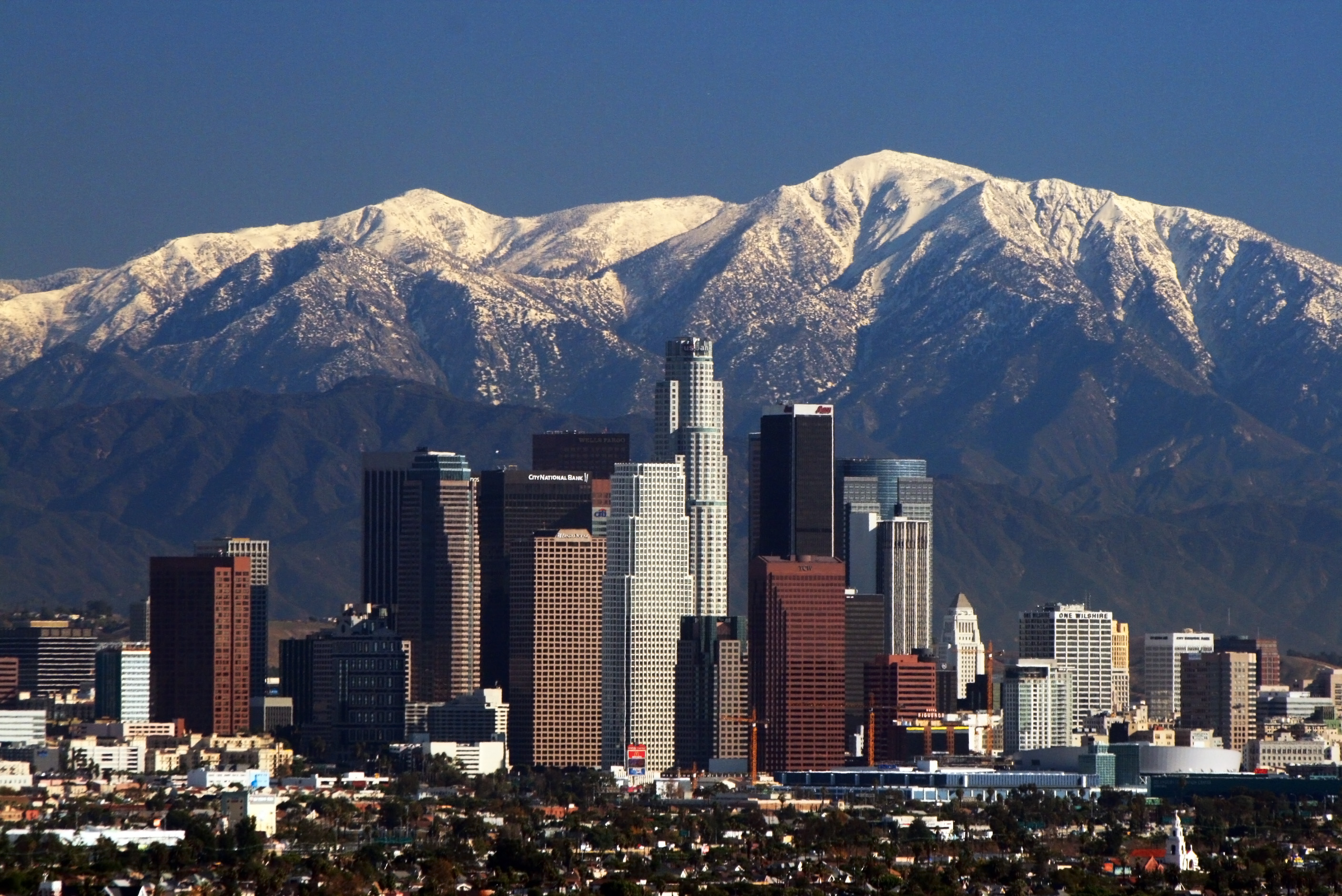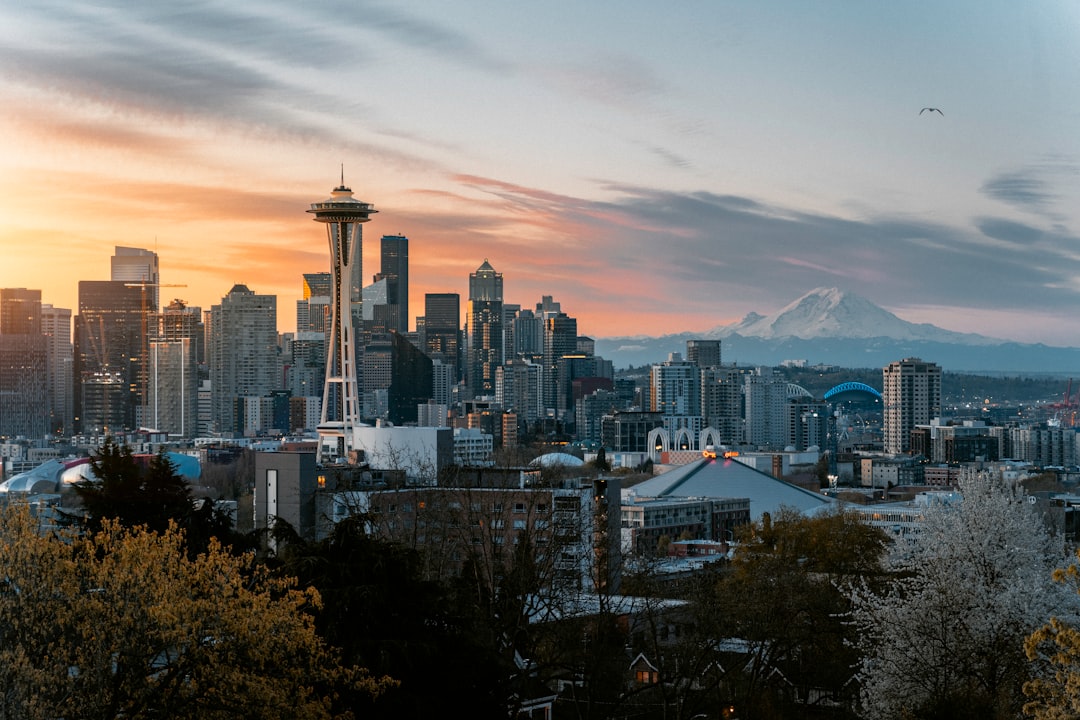The homeless crisis sweeping across America has transformed from a distant concern to an immediate reality for millions of citizens. With homelessness increasing 18 percent, from 653,104 people during the 2024 Point-in-Time Count to 771,480 people during the 2025 Point-in-Time Count, the visible nature of this emergency has shaken communities nationwide. Streets that once offered safety now harbour tent cities, and neighbourhoods struggle with the mounting pressure of supporting those without shelter.
New York City – When Shelter Systems Collapse

New York City stands as the epicentre of America’s homelessness crisis, with the situation reaching unprecedented levels in 2024. Between 2023 and 2024, New York saw a 53 per cent increase in homelessness, creating a perfect storm of desperation that has overwhelmed the city’s once-reliable safety net. The numbers tell a chilling story of a system in free fall.
Chicago – The Migrant Crisis Overwhelms Resources

What makes Chicago’s situation particularly troubling is the racial disparity embedded within the crisis. Based on the 2024 Point-In-Time Count for the non-New Arrivals population, Black/African American individuals and families have higher rates of homelessness in comparison to other non-New Arrivals racial/ethnic groups. The PIT identified that 72% of the total non-New Arrivals population in Chicago experiencing homelessness during the 2024 PIT Count identified as Black or African American, but less than 30% of residents in Chicago identify as Black or African American. This disparity highlights systemic inequalities that the crisis has intensified rather than created.
Los Angeles County – America’s Unsheltered Capital

Los Angeles County has become synonymous with visible homelessness, housing what many consider the largest concentration of unsheltered individuals in the United States. California alone accounts for nearly 30% of the entire homeless population in the U.S., with cities like Los Angeles and San Francisco facing severe housing crises. The Los Angeles Homeless Services Authority reported approximately 75,500 homeless individuals in Los Angeles County in 2023, creating sprawling encampments that have fundamentally altered the city’s landscape.
Seattle – The Visible Crisis That Won’t Hide

Seattle’s homelessness crisis has become impossible to ignore, with encampments visible from the city’s major highway and occupying spaces near iconic landmarks. A Housing and Urban Development report to Congress showed that Seattle in 2024 had twice as many people unsheltered on the streets as New York City, six times as many as Chicago, and 10 times as many as Philadelphia. This comparison reveals the unique nature of Seattle’s approach to homelessness, which has emphasised long-term housing solutions while leaving thousands exposed to the elements.
Portland – Where Progressive Ideals Meet Street Reality

Portland’s struggle with homelessness represents a clash between the city’s progressive values and the harsh realities of street life. Recent reports estimate that over 11,000 individuals are experiencing homelessness in Multnomah County, which includes Portland, creating a crisis that has tested the community’s commitment to compassionate solutions while raising urgent questions about public safety and livability.
Unsheltered homelessness in the Portland metro area has increased 109% since 2015, to 3,944 individuals. This dramatic increase has overwhelmed city services and created visible encampments under bridges and in public spaces that residents never expected to see in their neighbourhoods. The city’s reputation as a progressive haven has been challenged by the reality of tent cities and the associated problems of sanitation, drug use, and petty crime.
Las Vegas – The Hidden Crisis in America’s Playground

Las Vegas presents a unique case where the glitz and glamour of the Strip contrasts sharply with one of the nation’s fastest-growing homelessness crises. Clark County, home to Las Vegas, is experiencing its highest level of homelessness in a decade, with 7,928 people recorded in 2024 – a 56% increase over the past three years. This surge has caught many residents off guard, as the city’s tourism-focused economy had masked growing inequality and housing instability.
The fear in Las Vegas is particularly acute because residents had not expected their city to join the ranks of major metropolitan areas struggling with visible homelessness. Meanwhile, the length of shelter stays has dropped (now 71 days, down from 1per cent11 in 2018), but so has successful long-term placement. Only 1 in 8 homeless individuals receive a housing referral, creating a revolving door that keeps people cycling between the streets and temporary shelter without achieving stable housing.
These six cities represent different facets of America’s homelessness crisis, yet they share common themes of housing affordability, overwhelmed services, and communities grappling with fear and uncertainty. The crisis has moved beyond statistics to become a defining issue that shapes daily life, public policy, and civic identity. Each city’s struggle reflects broader national failures to address the root causes of homelessness while managing the immediate humanitarian emergency unfolding on American streets.
What emerges from examining these cities is not just a housing problem, but a comprehensive challenge to how we organise our communities and care for our most vulnerable citizens. The fear is real, the numbers are staggering, and the need for solutions has never been more urgent.
